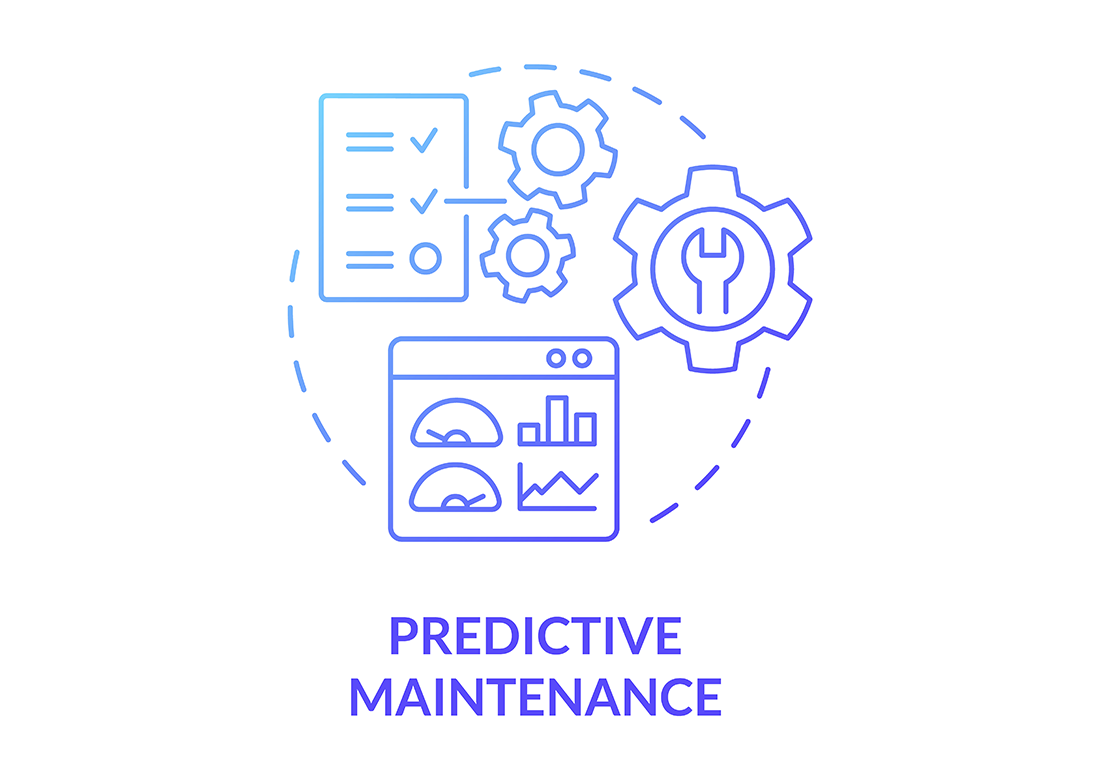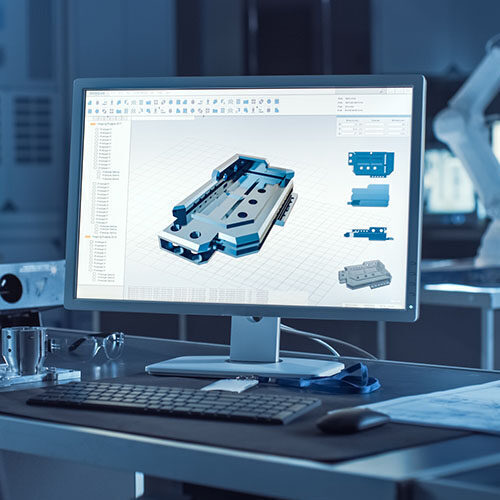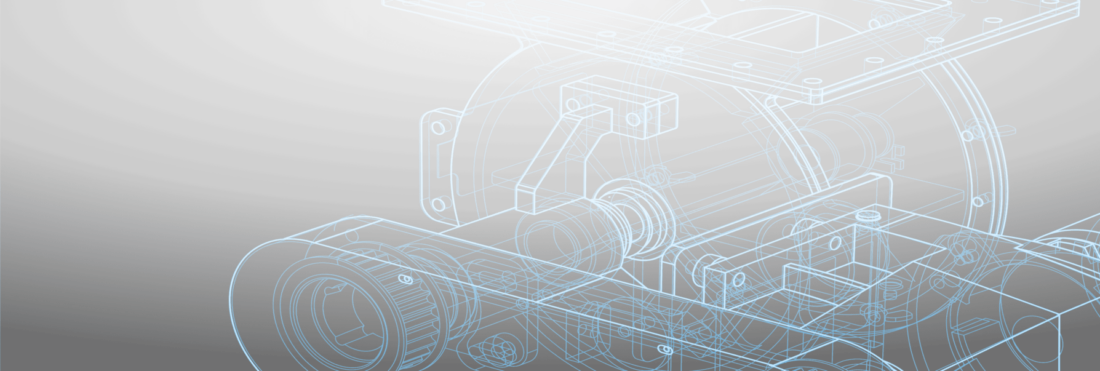
With equipment downtime, maintenance costs and unexpected breakdowns posing significant challenges, custom manufacturers are increasingly turning to predictive maintenance to improve efficiency and control costs. This proactive approach uses connected technologies and data analysis to anticipate machinery issues and optimize maintenance schedules. Predictive maintenance aims to assess the condition of manufacturing equipment and machinery to determine the optimal timing for maintenance activities.
By using predictive maintenance, manufacturers can save on costs compared to routine or time-based preventive care, as maintenance tasks are conducted based on actual needs rather than a predetermined schedule.
Understanding Predictive Maintenance
Predictive maintenance involves using sensor data, machine learning algorithms and historical performance data to predict when machinery will likely require maintenance or repairs. By monitoring the condition of equipment in real-time and analyzing data patterns, manufacturers can make more informed decisions about when to perform maintenance tasks, ensuring that they are done at the most reasonable time to minimize downtime and maximize productivity.
By using connected devices and closely monitoring the data generated by them, you can recognize recurring patterns that indicate potential issues or breakdowns. With this knowledge, you can address issues before they become problems and cause production stoppages. This ability to anticipate equipment maintenance needs allows you to not only minimize downtime but to optimize equipment lifetime.
How to Use Predictive Maintenance in Your Shop
Condition Monitoring
Implementing condition monitoring systems is the cornerstone of predictive maintenance. By deploying sensors and IoT devices on critical machinery, you can collect real-time data on things such as temperature, vibration, energy consumption and lubricant quality.
This data is then analyzed using machine learning algorithms to detect anomalies, identify potential issues and provide insights into the health of the equipment. Custom manufacturers can leverage this information to optimize maintenance schedules, proactively address any emerging problems and prevent costly breakdowns.
Remote Monitoring and Connectivity
Connectivity is transforming manufacturing operations. Remote monitoring capabilities let you keep a constant eye on your machinery, regardless of your physical location. Real-time data allows custom manufacturers to detect irregularities, diagnose issues remotely and take proactive measures to avoid costly disruptions.
Data Analytics and Predictive Analytics
Accumulating vast amounts of sensor data is just the first step. The real power of predictive maintenance lies in extracting valuable insights from this data.
By using advanced data analytics techniques and predictive analytics models, you can identify patterns, correlations and irregularities in the data. These insights enable you to forecast equipment failures, estimate remaining useful lifespan and determine the most appropriate time for maintenance activities.
Machine Learning
Machine learning algorithms also play a pivotal role in predictive maintenance. By training algorithms on historical equipment performance data, manufacturers can develop models that can accurately predict future machine failures or maintenance requirements.
These models can continually learn and improve as more data becomes available, allowing for enhanced accuracy and effectiveness over time. You can use machine learning algorithms to create predictive maintenance dashboards, generate automated alerts and optimize maintenance plans tailored to your specific equipment and operational requirements.
Integration with Enterprise Resource Planning (ERP) Systems
To maximize the benefits of predictive maintenance, you should integrate your maintenance systems with your ERP system. This integration allows for streamlined communication, seamless data exchange and better coordination between maintenance activities, production schedules and inventory management.
By aligning these systems, manufacturers can optimize resource allocation, plan maintenance activities without disrupting production and ensure efficient utilization of assets.
Conclusion
Predictive maintenance helps custom manufacturers overcome challenges associated with equipment reliability, maintenance costs and unplanned downtime. By using Industry 4.0 technologies like sensors and remote monitoring, data analytics and machine learning, manufacturers can proactively address maintenance needs to optimize equipment performance and enhance overall productivity.
Incorporating predictive maintenance strategies into custom manufacturing shops paves the way for increased efficiency, reduced costs and improved customer satisfaction, helping manufacturers to succeed in an increasingly competitive landscape.
Get your eBook Scared to implement a new ERP?
"*" indicates required fields



